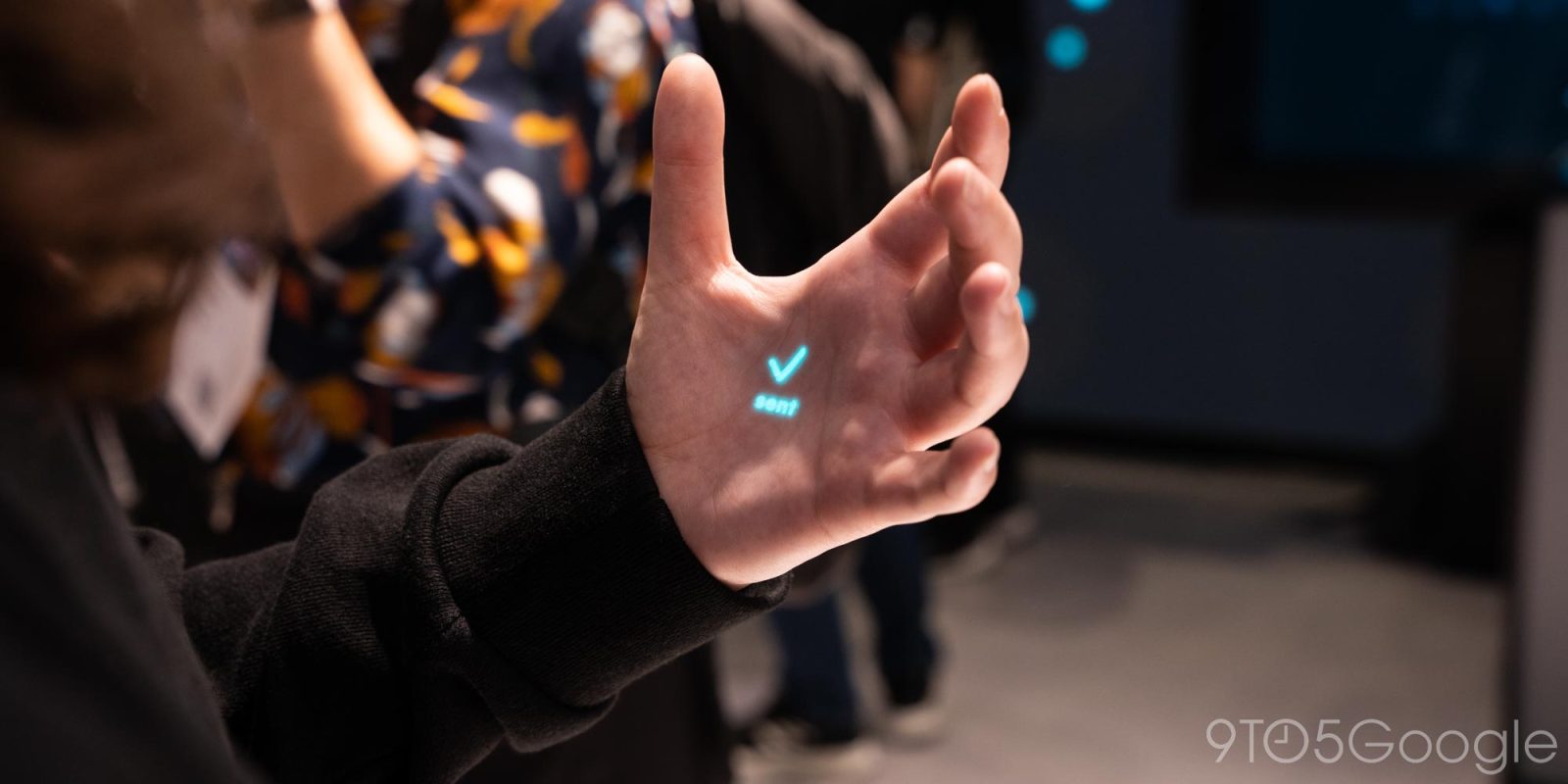
At the moment, there are two mainstream wearables: smartwatches and headphones. Smart glasses will be a third when display technology sufficiently advances. The Humane Ai Pin shows the path for a possible fourth wearable form factor, but it’s buried beneath questionable core design decisions and hubris.
9to5Google has a rebooted newsletter that highlights the biggest Google stories with added commentary and other tidbits. Sign up to get it early in your inbox, or continue reading 9to5Google Log Out below:
Following the launch, Humane has tried to backtrack from its explicit “smartphone is dead” (2022) stance and first ad (2022) that criticized smartphones, watches, and glasses/headsets.
Its brand is too intertwined with that declaration at this point, but the bigger issue is that the entire product was clearly built with a smartphone replacement/phone-free lifestyle in mind.
Namely, making the Ai Pin a standalone device that requires a cellular connection results in a monthly subscription that’s too expensive for the vast majority who are already paying for a phone. I also wonder if the LTE radio is the primary reason the Ai Pin overheats. Most of the thermal shutdowns I’ve experienced have been over cellular rather than Wi-Fi. Ultimately, those hardware decisions from when they tried to build a smartphone killer cannot be spun out of existence.
In terms of what’s good, I think the form factor of a pin that can be affixed to a shirt or jacket is something that should be further explored. It allows for a camera that is always ready for pictures/videos and visual search. My love of world-facing photos dates back to Google Glass, and it results in a powerful and personal point-of-view.
That said, smartphone cameras have become so good since Glass that these current world-facing cameras are a bit disappointing to me. Speed is the primary redeeming quality, with the shots fine-to-good but not what I would want to use to preserve a meaningful memory.



Meanwhile, an active/passive camera makes possible AR and contextual experiences that we haven’t really tapped into. Imagine Google Maps Live View running on such a wearable so you don’t have to always hold your phone, with hypothetical cameras on a smartwatch having the same issue/limitation.
The other advantage with this form factor is that it gives you a large touchpad that’s pretty easy to access. While there’s nothing wrong with the touch surfaces on earbuds for triggering voice assistants, the Ai Pin has something bigger and more convenient to access (chest versus ears). I think it’s a bit more discrete too.
For example, I like playing music with the Ai Pin. The touchpad excels at play/pause, next/previous, and volume adjustment. There are times when I prefer having audio reverberate in the air ambiently compared to the sound being directly in my ear. The Apple and Pixel Watch do not let you play music over the built-in speakers due to battery constraints.
The primary reason I have an Ai Pin is to try out the laser display. It feels futuristic, and I’m somebody that wants to live on the bleeding edge. When I was a kid, my idea of the future was greatly inspired by Star Trek – not the voice-first starship computer, but rather how the captain (Picard) would have a slew of PADDs (Personal Access Display Device) on his desk. That ubiquity of devices and the seeming commoditization of touchscreens was what I thought the future would be, and frankly I’m living that life now.
With that being commonplace, I turn my eye to computer interfaces that float in 3D space. Augmented reality headsets and glasses are one way to achieve that, but we’re far away from miniaturizing it.

The 720p resolution of the Ai Pin is fine, but the square-shaped display area can only show three or so items in a list before additional scrolling is required. Scrolling up and down with small chevrons placed at the top/bottom is absolutely maddening. Meanwhile, tilt-based selection, which feels gyroscope-esque in nature, is passable but not precise and makes me greatly wonder if we’ll ever get complex UI.
The bigger problem is that the laser ink display is not direct manipulation. Bringing your thumb and forefinger together to select is not better than tapping something. I would have greatly preferred using my unoccupied hand to tap and scroll. That would have been so much more familiar even if it would cover up the thing you were selecting momentarily.

For this reason, I don’t think this fourth wearable should have a screen. Maybe there could be a series of indicator lights like Humane has today.
What you’re left with is a camera, microphone, speaker, and large touch surface. It has the potential to be more discreet than a smartwatch while allowing for a camera, always-on compared to headphones but still providing audio, and less intrusive than replacing your frames if you already wear glasses. More important is how all this technology is available today for somebody to explore.
FTC: We use income earning auto affiliate links. More.



Comments